
What I’ve Learned Living in Rural Japan & What To Expect
As I write this, I have now lived in Japan for approx. 2.5 years. Somehow within that relatively short timespan, I’ve had a short-lived whiff
Business insights and articles written by our team of world-class professionals

As I write this, I have now lived in Japan for approx. 2.5 years. Somehow within that relatively short timespan, I’ve had a short-lived whiff

Start your English teaching job off on the right foot by packing the best pair of indoor shoes. Every person and work assignment might be
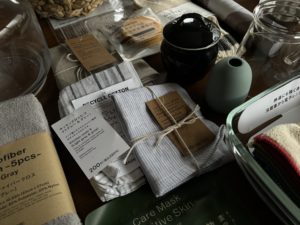
What is Standard Products? A Quick Introduction Standard Products is a noteworthy new home and lifestyle store line, introduced by parent company, Daiso Sangyo. Daiso

Cozy Quest: 8 Best Kotatsu Tables for 2024 Start the year out cozy! I think it’s a pretty good new year’s resolution to not be
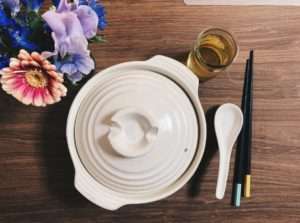
My supervisor opened the door to my first-ever apartment in Japan and immediately apologized. The dated faux wood paneling was dinged, scratched, and littered with
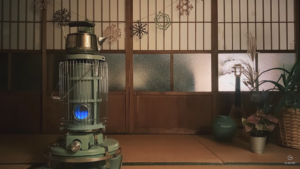
Japanese winters aren’t that cold compared to where I’m from. What makes them difficult is the lack of insulation. Oof. You don’t want to run
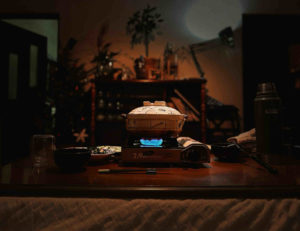
Winter in Japan Can Be Miserable. How to Stay Warm in Winter in Japan. This comes from a Canadian who also lived in snowy Minnesota
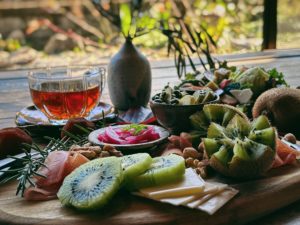
Vegetable, Produce and Grocery Delivery Boxes Across Japan CSA boxes (when available) are a God-send for inaka newbies for a few reasons: Natural Farming is
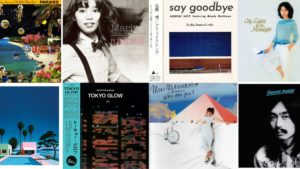
The Japanese City-Pop Record I’m Sending to My Step-Dad for Christmas… Drum-Roll, Please! Marty: don’t peak. You aren’t allowed to read this article. So my
© 2024 Bitsii Creative LLC. All Rights Reserved.